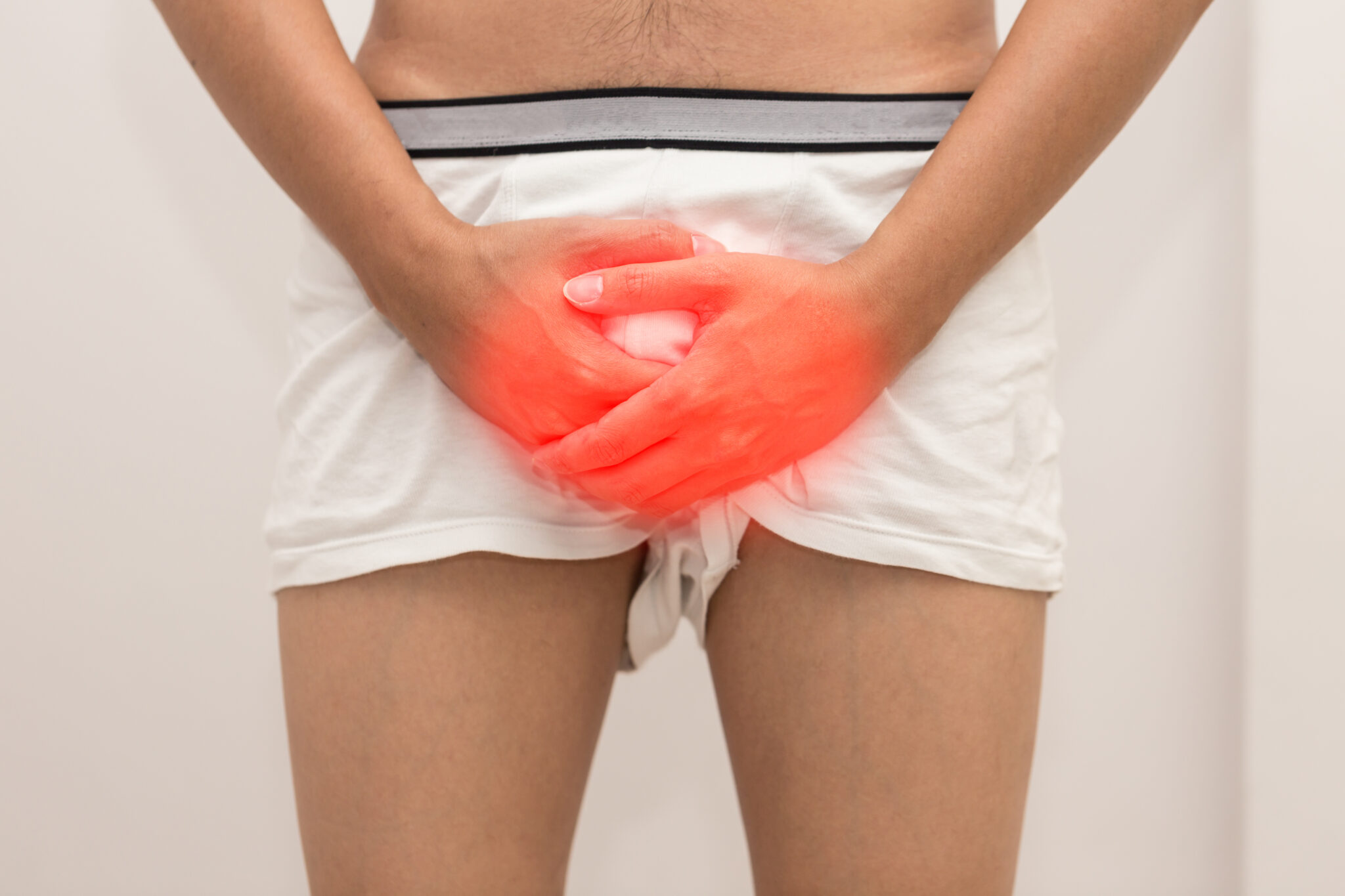
Post-Vasectomy Pain: Causes & Prevention
A vasectomy is a common choice for men seeking permanent contraception, but while uncommon, some may experience post-vasectomy pain, including discomfort in the testicles. For some, this can develop into post-vasectomy pain syndrome, with persistent left testicle pain after a vasectomy being a particular concern. However, we would like to stress that the studies that mention chronic testicular pain are short and do not extend past three years, and that in our professional experience, we’ve never known a patient to experience persistent pain after a vasectomy. Understanding the causes of testicle pain after a vasectomy and learning how to manage it can help ease recovery and ensure a smoother healing process.
What to Know About Post-Vasectomy Pain Syndrome
Some men experience post-vasectomy pain, which can range from mild discomfort to more persistent aches in the testicles. This pain is important to understand for those considering the procedure, as it helps set realistic expectations.
Post-vasectomy pain syndrome (PVPS) is a condition that may develop after the surgery, marked by chronic or intermittent pain lasting over three months. The causes of PVPS can include nerve damage, inflammation, or sperm build-up in the epididymis. Identifying PVPS early is key to managing it effectively and seeking appropriate medical care.
Causes of Post-Vasectomy Pain
Post-vasectomy pain can stem from several sources, and understanding these can help in managing discomfort. These causes include:
- Nerve damage: This may occur when the procedure damages small nerves in the scrotum. It can lead to ongoing pain, a key element of post-vasectomy pain syndrome.
- Sperm granulomas: These small, benign lumps form when sperm leaks from the vas deferens, triggering a reaction from the body. While typically harmless, they can cause discomfort if they press on nearby tissues.
- Inflammation: The body’s response to surgery can lead to swelling and tenderness in the scrotal area, intensifying pain, especially in the initial weeks post-surgery.
- Anatomical differences or variations in blood supply and nerve distribution: Although both testicles can experience pain, some men report left testicle pain after vasectomy, possibly due to these factors.
- Congestion in the epididymis: This can contribute to discomfort. The body continues to produce sperm but cannot expel it, leading to pressure or aching in the testicles.
Prevention Strategies for Post-Vasectomy Pain
Preventing post-vasectomy pain starts with a detailed discussion with your healthcare provider before the procedure. This conversation should cover potential risks and complications, helping you set realistic expectations and prepare for recovery. Knowing what to expect can ease anxiety and support informed decision-making.
During recovery, following specific strategies can help minimize the risk of pain. It’s essential to adhere to all post-operative care instructions from your healthcare professional. These often include wearing supportive underwear to limit movement and swelling, using ice packs to reduce inflammation, and avoiding strenuous activities for a set period to ensure proper healing.
Getting enough rest and gradually resuming normal activities can also prevent complications. As recommended by your doctor, you can manage pain with over-the-counter pain relievers, which can effectively ease discomfort. Regular follow-up appointments are essential to monitor recovery and address any concerns quickly.
Managing Post-Vasectomy Pain
Even with preventive measures, some men may still face testicle pain after vasectomy. Fortunately, there are effective ways to manage it. Initially, simple steps like resting, applying ice packs, and taking over-the-counter pain relievers such as ibuprofen or acetaminophen can help ease mild to moderate discomfort.
For more persistent pain, medical treatments might be necessary. Nerve blocks, which involve injecting anesthetics near affected nerves, can offer relief. Physical therapy may also be beneficial in addressing muscle tension or nerve irritation contributing to the pain.
If these approaches don’t work, you may consider surgical options like vasectomy reversal or spermatic cord denervation. These procedures aim to tackle the root causes of chronic pain but are usually a last resort when other treatments have failed.
It’s important to know when to seek medical advice. Consulting a healthcare professional is crucial if pain continues beyond the typical recovery period or disrupts daily life. Early intervention can prevent further complications and improve recovery outcomes.
Preventing and Treating Post-Vasectomy Pain Is Possible
Understanding the causes and prevention of post-vasectomy pain helps individuals make informed health decisions. Recognizing potential discomfort sources, such as nerve damage or inflammation, and taking preventive steps can reduce the risk of prolonged pain.
For those considering or recovering from a vasectomy, consulting experienced healthcare providers is vital. Upstate Urology offers comprehensive support and expert advice to manage post-vasectomy pain effectively. Visit our website today for specialist advice and consultation, ensuring a smoother recovery and peace of mind.
Featured Image: 220 Selfmade studio / Shutterstock
